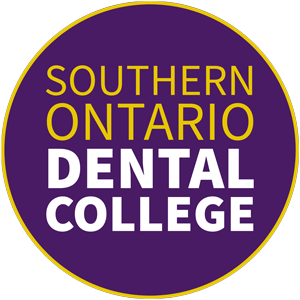A toothbrush is obvious, but can you distinguish between the other tools on the dentist’s tray?
On top of that, could you describe the purpose of each tool? If you’re thinking of becoming a dental assistant, then it’s crucial to know.
Keep reading to learn everything you need to know about the top five most common dental tools.
1. Explorer Dental Tools
One essential part of a dental assistant’s job duties is helping with equipment. That means you need to know what the dentist means when he says to pass the explorer.
Dentists use explorers to detect decay and other abnormalities. You can identify this tool by its pointy hook end.
Explorers and mirrors are the two most common dental tools. You need to be able to identify these because they’ll get used on every patient.
2. The Dental Drill
The dental drill is the most recognizable (and feared) dental device. This tool shouldn’t be hard to spot and distinguish from the others.
If you’re an assistant, then you likely won’t use this tool. A dentist uses drills while removing tooth decay during a routine cavity filling. The machine spins at a whopping 250,000 rpm as it shoots water into the patient’s mouth.
3. Dental Scalers
What’s a dental scaler? These important dentist tools get used during a cleaning. Despite brushing and flossing, tartar still builds up on teeth between dental visits.
That’s where the scaler comes in. This dental hygiene tool is the one with a curved blade at the tip. You’ll want to scrape the blade along each tooth right above the gum line.
4. The Ejector
The ejector sounds a lot like one of the tooth extraction tools, but it’s not. This term describes the suction device that helps clear saliva from the mouth.
Saliva suction devices are one of the most recognizable dental instruments. If you’ve ever been to the dentist, then you’ve likely experienced one.
While the noise can be unsettling, this tool is one of the easiest to manage. You need to place the ejector in the patient’s mouth to suck out the water.
At times, you may need to ask the patient to close their mouth around the tube.
5. Periodontal Probe
Common dentistry instruments names can get confusing. The periodontal probe, though, is exactly what it sounds like.
It’s the tool with the very sharp-pointed tip. At first glance, it looks a lot like an explorer. You can identify a periodontal probe by the marked engravings on the tip. These markings ensure proper measurements get taken.
Insert the probe between the tooth and gum tissue to measure the space. This process, called periodontal charting, is an important step in identifying gum disease.
Know Your Dental Tools
Identifying dental tools is only one aspect of becoming a dentist or assistant. It’s important to know how to use them, and how to make your patients comfortable.
Are you ready to take your dental dreams to the next level? Check out our admissions information to see if SODC is the right choice for you.
